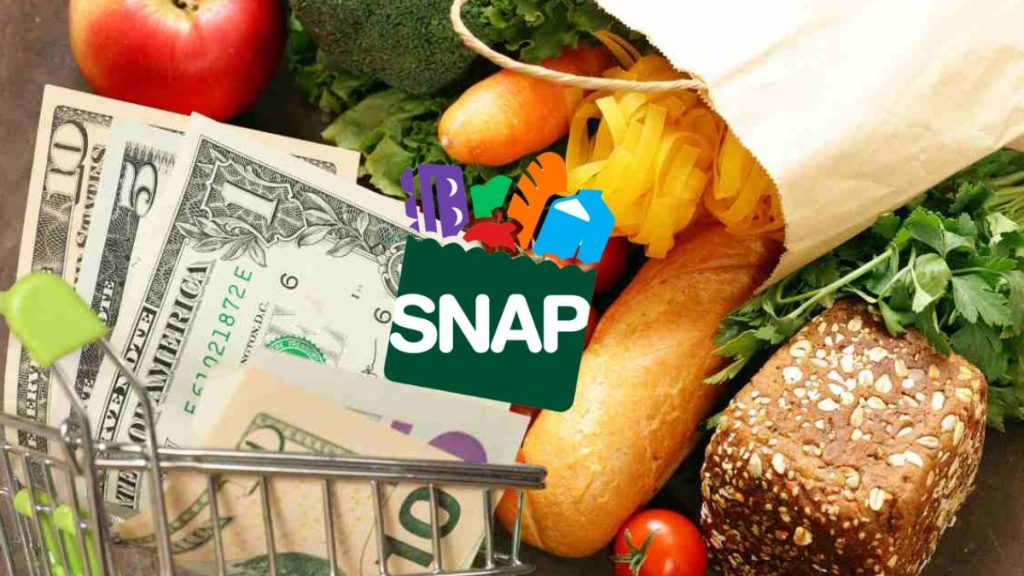If you rely on SNAP (Supplemental Nutrition Assistance Program) benefits, rest assured that these payments will continue as usual through June 2025. The distribution schedule varies from state to state, and millions of households across the U.S. depend on this support to buy necessary food items.
Let’s break down how SNAP works, which states are distributing payments soon, and what you need to know about eligibility and payment amounts.
What Are SNAP Benefits?
SNAP, also known as food stamps, helps people buy food for themselves and their families. Each month, eligible households receive money that is loaded onto an EBT card (Electronic Benefits Transfer), which can be used at stores that accept SNAP. The amount you get depends on factors like your household size, income, and state rules.
Which States Are Distributing SNAP Benefits in June?
In the next 10 days, SNAP payments will be distributed in several states between June 6 and June 16. Here’s a quick look at the states and the dates when you can expect payments:
- Alabama: June 4-23
- Arkansas: June 4-13
- California: June 1-10
- Florida: June 1-28
- Missouri: June 1-22
- Tennessee: June 1-20
- Kentucky: June 1-19
- Arizona: June 1-13
If you live in one of these states and haven’t received your payment yet, expect it within the designated timeframe. The exact date might depend on factors like your case number, Social Security Number, or date of birth.

How Much Are the Maximum SNAP Payments for 2025?
The amount of SNAP benefits you can get each month depends on your household size. Here are the maximum amounts for 2025 for the 48 contiguous states and Washington, D.C.:
- 1-person household: $291
- 2-person household: $535
- 3-person household: $766
- 4-person household: $973
- 5-person household: $1,155
- 6-person household: $1,386
- 7-person household: $1,532
- 8-person household: $1,751
For each additional person, the amount increases by $219. These funds can only be used to buy eligible food items at USDA-approved stores. Make sure to ask stores if they accept SNAP before shopping and avoid purchasing non-food items like cigarettes, alcohol, or medicines.
What Are the Income Requirements for SNAP?
To be eligible for SNAP benefits, your household must meet certain income requirements:
- Your gross monthly income (before deductions) must be below 130% of the federal poverty level.
- Your net income (after deductions) must be at or below 100% of the poverty level.
Here are some examples of the income limits effective from October 1, 2024, to September 30, 2025:
- 1-person household: Gross $1,632, Net $1,255
- 4-person household: Gross $3,380, Net $2,600
These limits adjust every year due to inflation. The income counted includes things like wages, pensions, and other sources.
In addition to income, households must also meet resource limits, meaning they can’t have too many assets. For example:
- The general limit is $2,250 in liquid assets (cash, bank accounts, etc.).
- This limit increases to $3,500 if someone in the household is over 60 or has a disability.
However, certain things like your primary home or vehicle may not count toward the limit.
SNAP benefits continue to be a vital source of support for millions of Americans. With June 2025 distributions underway, recipients in various states will get their payments on time.
The program helps cover essential food costs, but eligibility depends on your income and resources. Make sure to check your state’s schedule and ensure you meet the requirements to keep receiving your benefits.











Leave a Reply